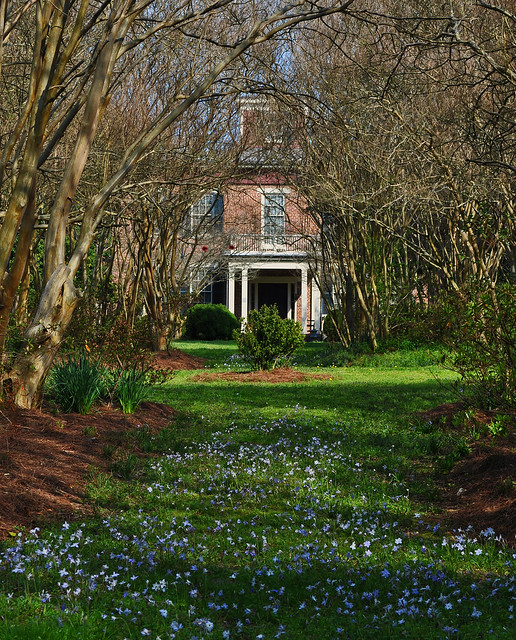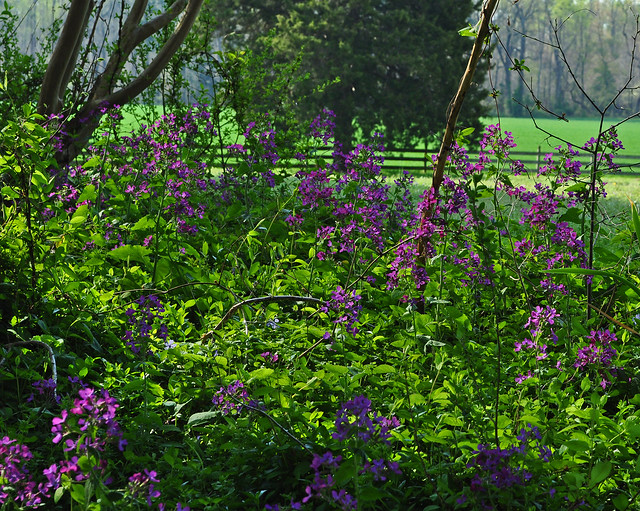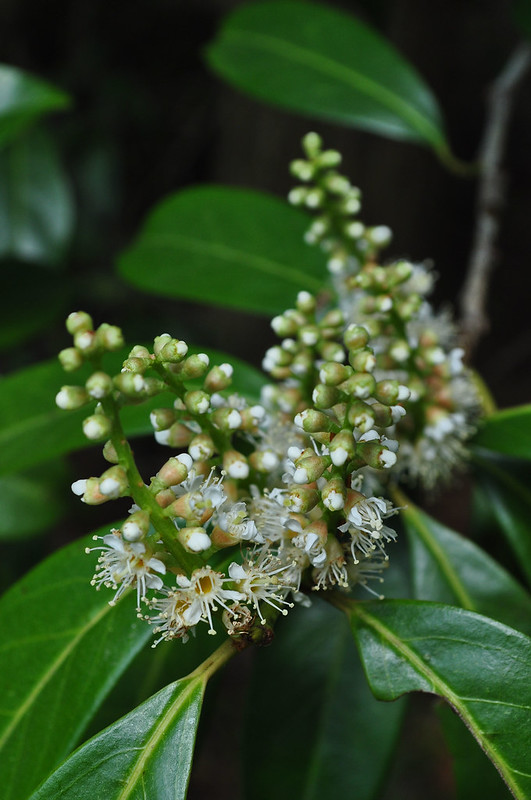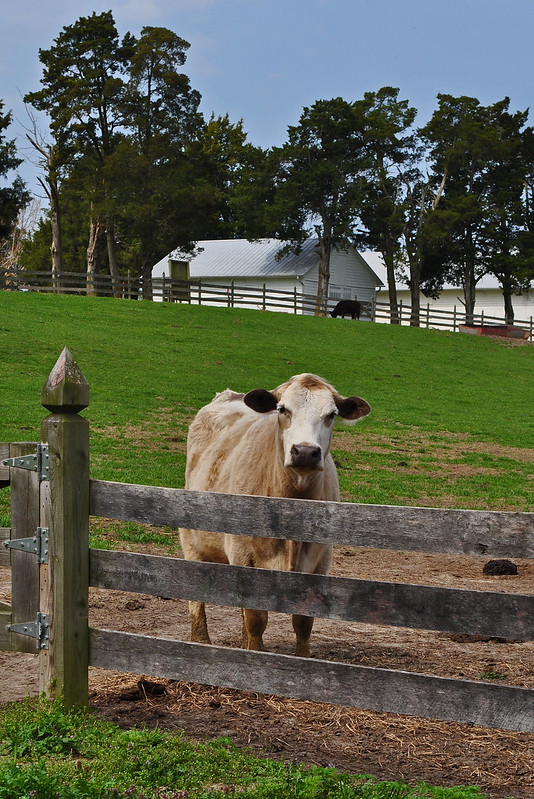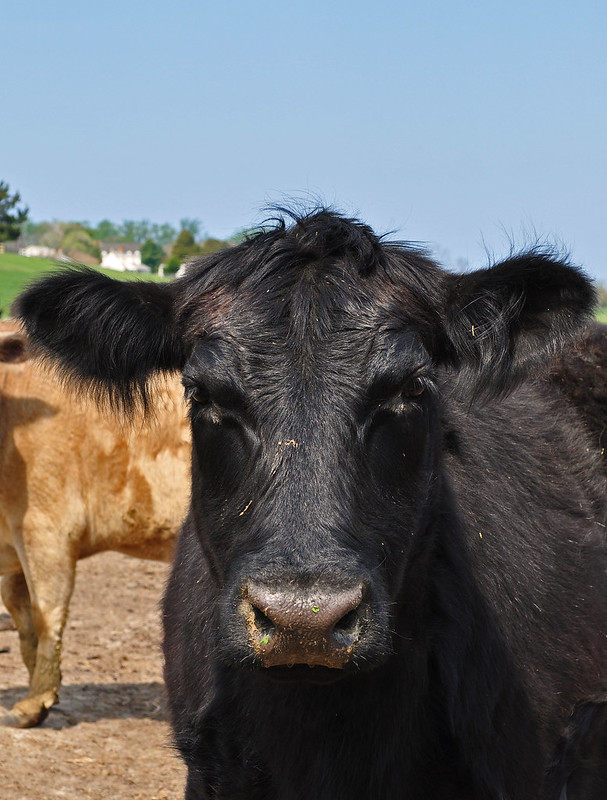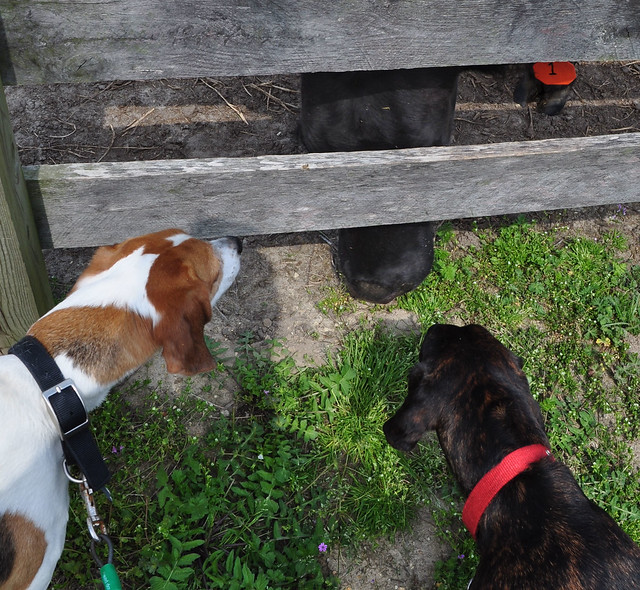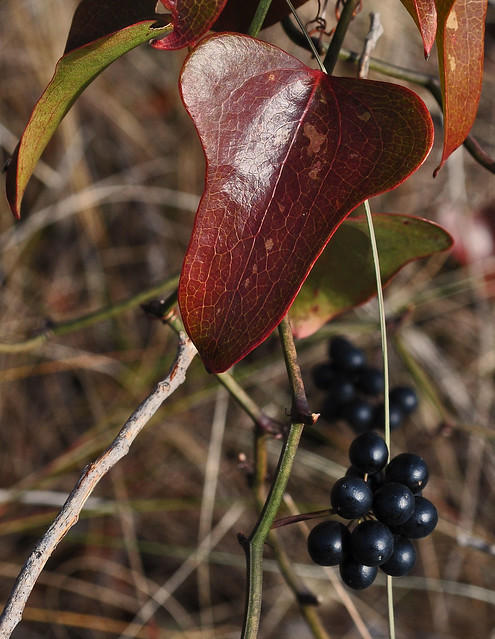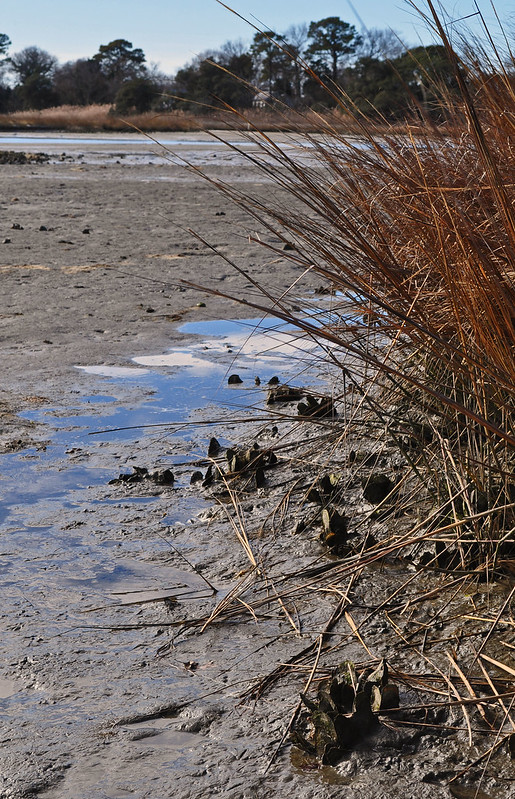After a few minutes on the internet I narrowed the plant down to one of the Bidens. A little while later I think I fixed it to Bidens laevis (smooth beggartick, smooth bur-marigold, showy bur-marigold). To help in the identification of this plant I used two of my favorite sites; the Native Plant Database at wildflower.org., and the Digital Atlas of Virginia Flora, which is a decades long project to map all of the state's native plants. From the atlas I learned that B. laevis inhabits tidal freshwater marshes to oligohaline marshes. I had to look up the definition of oligohaline, which means having a very low amount of salt, and I decided to make it my word of the day, and wondered if health conscious snack companies could successfully market oligohaline chips or crackers. I digress. If any of you know this plant to be something else, please feel free to correct me. Regardless of its exact ID, it was a lovely thing to see, especially in such proliferation.
Showing posts with label Natives. Show all posts
Showing posts with label Natives. Show all posts
October 12, 2016
Mystery on Queens Creek
I love the internet, especially for sleuthing out mystery plants. A few carefully considered questions asked in the right places will usually lead me to what I am looking for. Of course I am also just as likely to head down some wormhole and forget what I was looking for in the first place. What recently kept me busy was trying to ID a plant I saw blooming earlier this month while kayaking on Queens Creek, a small tributary of the James River in Charles City County. In places the flowers smothered the shoreline in bright yellow, which was a nice contrast to the gray storm-threatening skies. I first thought it could be any one of those yellow composite species that all begin with h-e-l (Helianthus, Helenium, Heliopsis) that are difficult for me to tell apart. Although Helenium autumnale (sneezeweed) is very common here, and was blooming elsewhere on my trip, I knew that was not it. I next guessed it might be Helianthus angustifolius (swamp sunflower), as I was indeed in a swamp, but after paddling closer for further inspection all I could confirm was my cluelessness. So I took close up photos of foliage and flowers to look up when I got home, and resolved just to enjoy the site of it.
During my trip I had the creek to myself, no one else was on the water, though I did speak with a couple of guys on the shore getting their duck blind ready for the coming season. Judging from the number of blinds I saw, I will avoid this place in-season. I wouldn't want to be mistaken for a duck. Below are some of the other sights I saw.
Labels:
Fun On the Water,
James River,
Natives
Location:
Charles City County, VA, USA
April 19, 2014
Redbud Time at Chippokes
Feeling a need for sights more rural, I traveled westward along back roads last weekend to Chippokes Plantation State Park. The park is a great place to experience one my favorite times of the year in the Virginia countryside, when all of the deciduous trees start pushing out new spring growth, but not yet enough to keep light from reaching the forest floor. Though not as in your face as fall, I have come to appreciate the spring colors of various trees in their mad dash to reproduce and photosynthesize. Of course all the shades of green were unfurling, but looking carefully, other colors were revealed in the canopy. Many of the oaks are dripping with amber catkins, and though the red maples are late this year, they are colorful nonetheless. Sticking out from its taller neighbors above, our native eastern redbuds (Cercis canadensis) were in peak bloom last weekend and were the showiest trees in the park.
Of course redbuds were not the only plant showing blossoms last weekend. There were flowers blooming in the gardens around the old mansion, along the field edges, and in the forests. Much of Chippokes is still a working farm, and the land has been used that way continuously since 1619. With nearly 400 years of soil disturbance, it is a good place to see native and non-native plants interacting. Some of the newcomers have been content to spend the decades sitting prettily in the garden, others have preferred to be a bit more mobile, and others still, will not rest until they have the whole place to themselves.
In addition to plants, Chippokes has long been a home for a few non-native animal species as well.
If they were here about 5 million years ago, the cows would have enjoyed a beachfront view from their barns, as this area was on the edge of a warm shallow sea. About half a mile away and 100' closer to sea level, the beach at Chippokes is covered in fossils from that long ago era. While I found lots of fossilized scallop and barnacle shells, the prized shark's teeth alluded me. I did find the remains of an Atlantic sturgeon, a fish who has called these waters home since the dawn of time and who has only recently returned after a human-induced absence. It's skull was comparable in size to what one of those cow's might have. I just hope what I saw had a chance to make lots of baby sturgeons before it expired.
There is a spot along the beach where one of my favorite trees, bald cypress (Taxodium distichum), grow in a watery grove. This spot is very special to me, not for any particular event or reason, it just speaks to me. Perhaps it could be the spirits of my ancestors, who sailed by this point on their way to Jamestown, waving at me from the past.
Labels:
Chippokes,
Day Trip,
Hiking Trails,
History,
Making Time for Church,
Natives
February 2, 2014
Pleasure House Point
Last weekend we had a break between two nasty spells of winter weather, and on Sunday it was actually sunny and in the low 40's (last winter this would have been considered too cold to venture out). To celebrate a friend and I decided to travel to Pleasure House Point in Virginia Beach. she wanted to look for birdlife, which I always enjoy, but I really wanted to see this area's newest preserved natural area. Pleasure House Point sits on a creek of the same name and is part of the Lynnhaven River system where it meets the Chesapeake. The property is a mix of maritime forest, sandy beach, marsh and open water, and just before the great recession was purchased by developers who were eyeing it for a 1000+ housing development. It ended up in the hands of the bank, and through a very collaborative effort it is now preserved for all to enjoy, including the wildlife that calls it home, very welcome news in one of Virginia's most densely populated areas.
The Lynnhaven River was once world renowned for its large, plump and salty-sweet oysters. President Taft famously made such a glutton of himself on these delicacies during a visit to the area, that he declared he felt more like an oyster than a man. They were once so numerous that their reefs were navigational hazards, but no longer. Over harvesting, habitat loss and environmental degradation nearly wiped out the Lynnhaven oyster, but in another collaborative effort, strides are being made to correct this, and the oyster is making a hopeful comeback. They are not the most obviously beautiful animal in the world, but seeing so many made me smile.
Labels:
History,
Natives,
Virginia Beach
Location:
Virginia Beach, VA, USA
Subscribe to:
Posts (Atom)
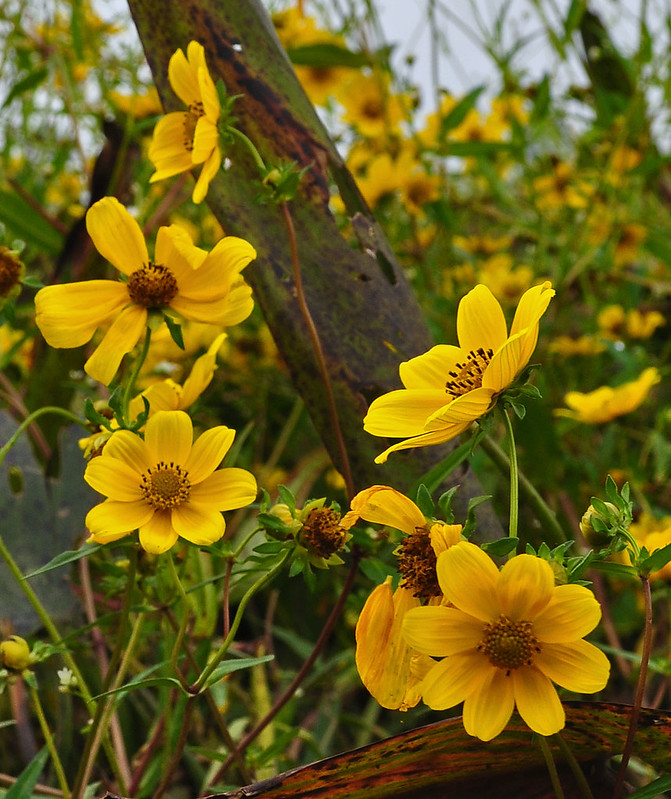

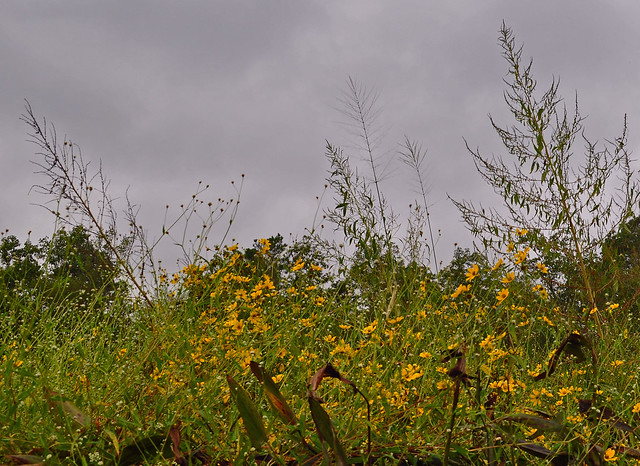

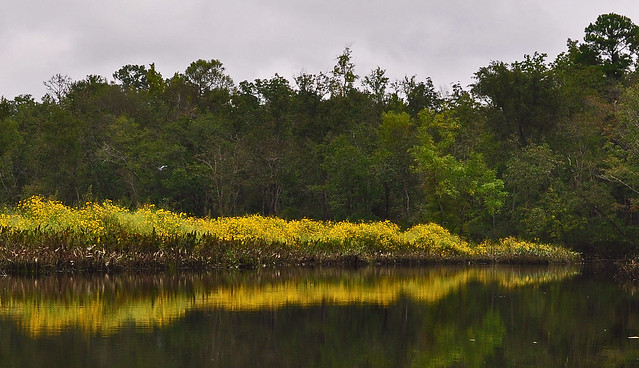


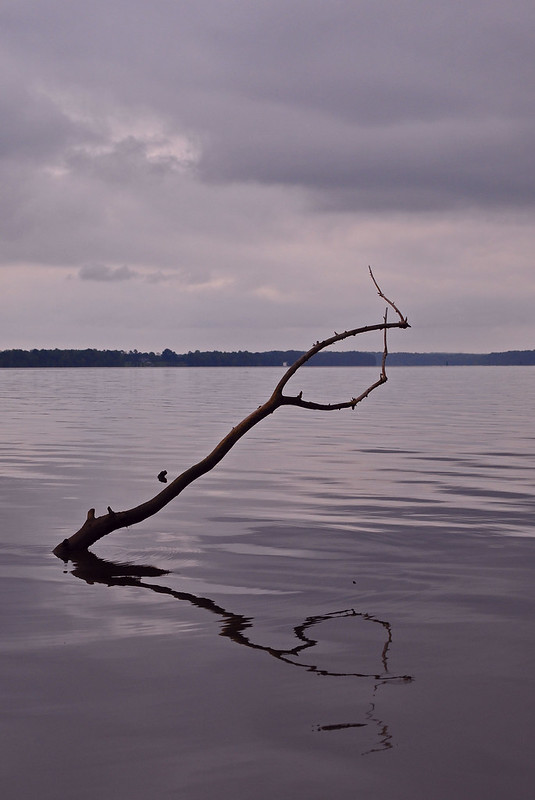
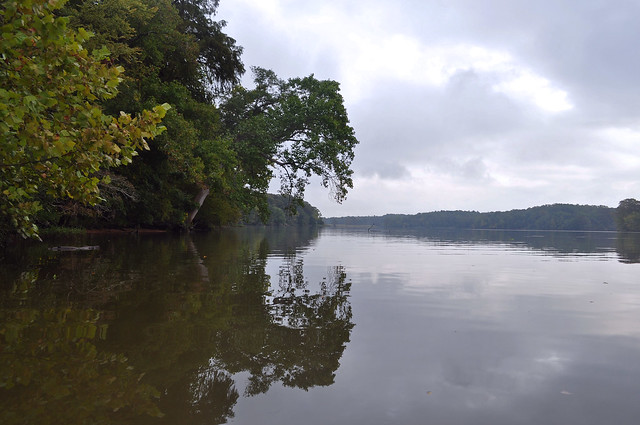
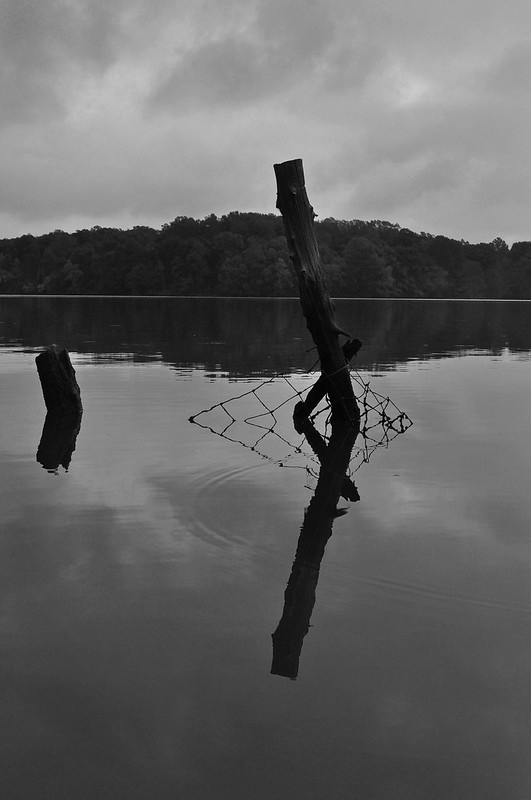
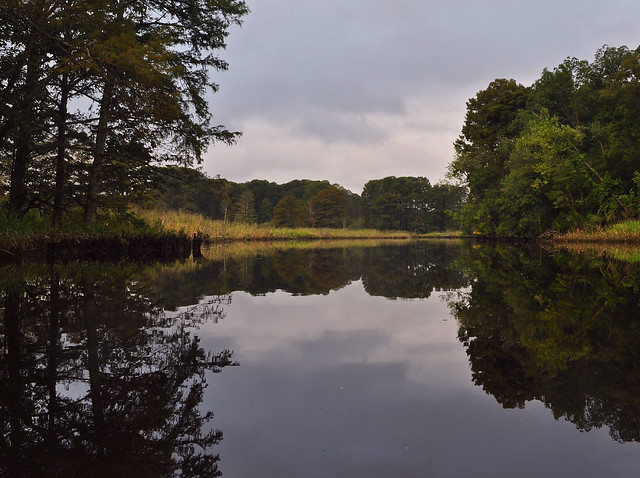
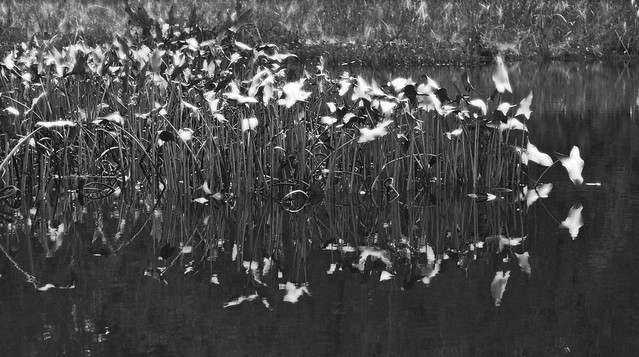
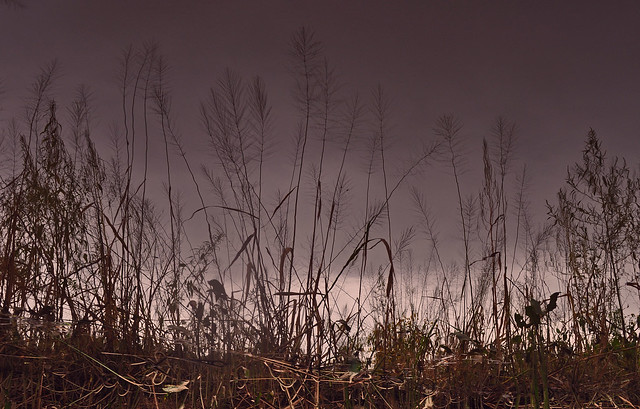
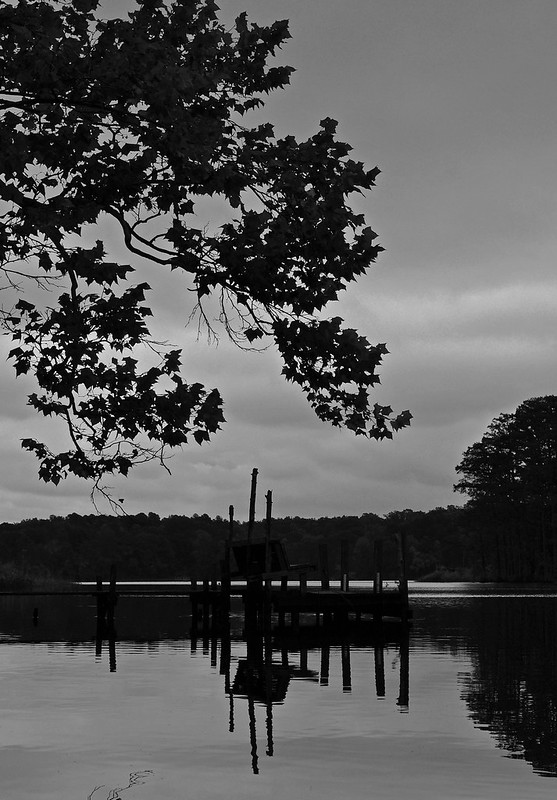

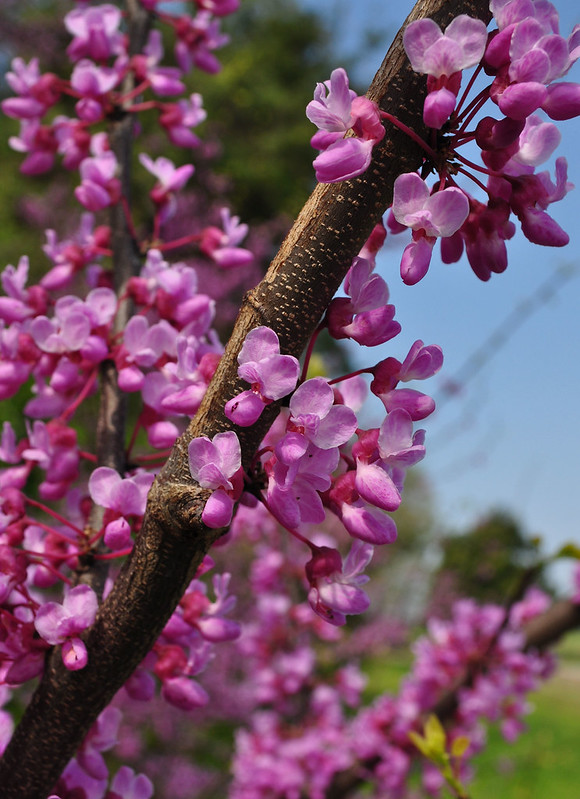

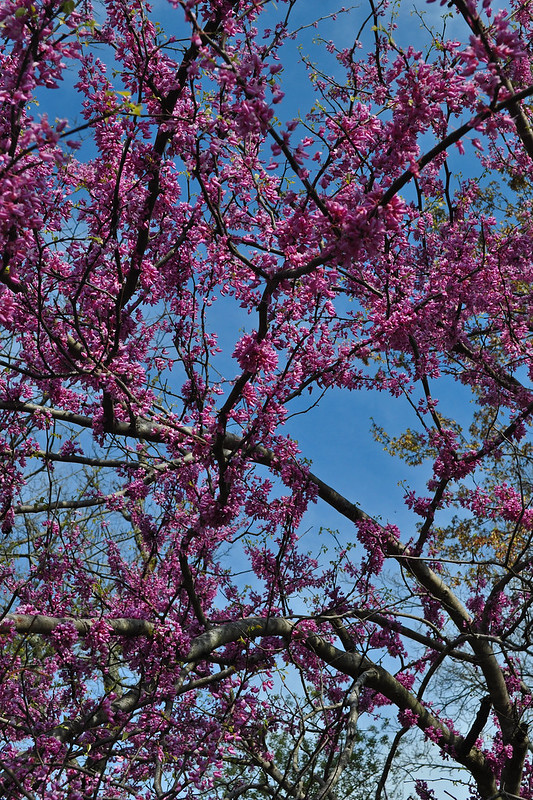

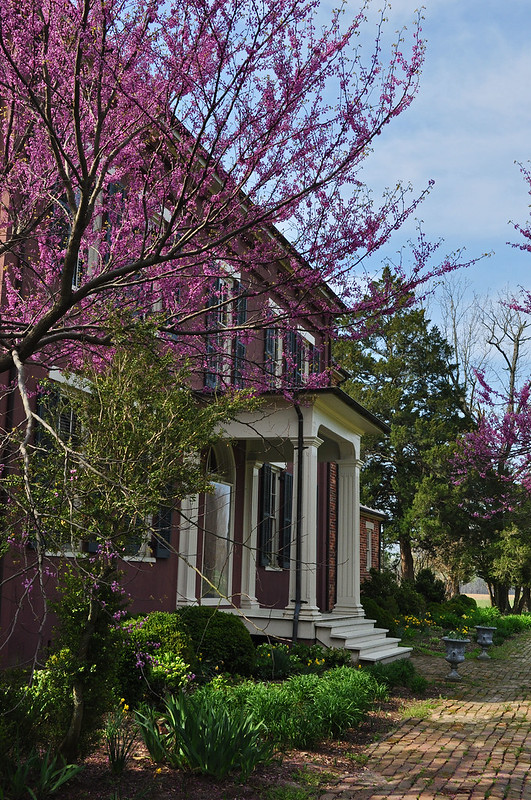
.JPG)
